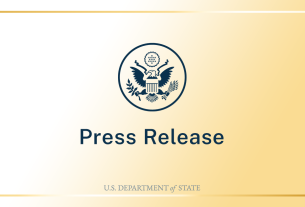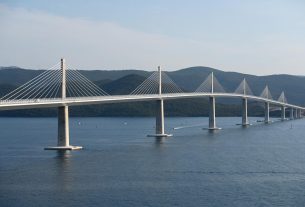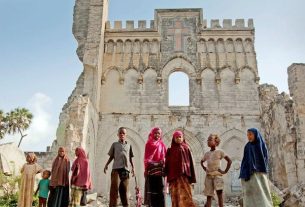Russian President Vladimir Putin and U.S. President Donald Trump are scheduled to meet on August 15 in Alaska for high-level talks aimed at ending the war in Ukraine. The summit marks the first in-person meeting between the two leaders since Trump’s return to office and comes amid mounting pressure to broker a ceasefire in the three-and-a-half-year conflict.
🗓️ Meeting Details
- Date & Location: August 15, 2025, in Alaska, chosen for its proximity to Russia and symbolic neutrality.
- Participants: Trump and Putin; Ukrainian President Volodymyr Zelenskyy has not been invited, despite calls for inclusive negotiations.
- Agenda: Ceasefire terms, territorial disputes, NATO expansion, and future governance in Ukraine.
🇺🇸 Trump’s Objectives
- Ceasefire Priority: Trump has repeatedly stated his intent to end the war swiftly, though his initial 24-hour pledge remains unmet.
- Territorial Negotiations: He has hinted at a potential “swapping of territories” between Ukraine and Russia, a proposal that has drawn criticism from Kyiv and European allies.
- Diplomatic Recognition: Trump seeks to position himself as a global peacemaker, with Israeli President Benjamin Netanyahu nominating him for the Nobel Peace Prize.
🇷🇺 Putin’s Demands
- NATO Restrictions: Putin aims to block Ukraine’s NATO membership and prevent any Western military presence on Ukrainian soil.
- Territorial Claims: Russia insists on formal recognition of its control over Crimea and parts of Donetsk, Luhansk, Kherson, and Zaporizhzhia.
- Political Influence: Moscow seeks the establishment of a Russia-friendly government in Kyiv.
🇺🇦 Ukraine’s Position
- Firm Rejection of Land Concessions: President Zelenskyy has declared that Ukraine will not cede territory, emphasizing that its borders are constitutionally fixed.
- Call for Inclusion: Zelenskyy insists that any peace deal must involve Ukraine directly, warning that “solutions without Ukraine are dead solutions”.
- Security Guarantees: Kyiv continues to seek Western-backed security assurances and NATO membership to deter future aggression.
🔥 Key Points of Contention
| Issue | Russia’s Position | Ukraine’s Position |
|---|---|---|
| NATO Membership | Strongly opposed | Sees it as essential for long-term security |
| Territorial Sovereignty | Demands recognition of occupied regions | Demands full restoration of pre-war borders |
| Ceasefire Conditions | Conditional on concessions | Requires Russian withdrawal and guarantees |
| Role in Talks | Prefers bilateral talks with U.S. only | Demands direct participation |
🌍 International Reactions
- European Leaders: Express concern over potential territorial concessions and exclusion of Ukraine from negotiations.
- China and India: Have voiced support for a long-term resolution but remain cautious observers.
- ICC Implications: Putin’s travel to Alaska bypasses arrest risks, as the U.S. is not a member of the International Criminal Court.
The Alaska summit could reshape the trajectory of the war, but without Ukraine at the table, the legitimacy and durability of any agreement remain in question. Would you like a deeper dive into the proposed territorial swaps or the implications for NATO?
President Putin and Trump picture by heute.at



